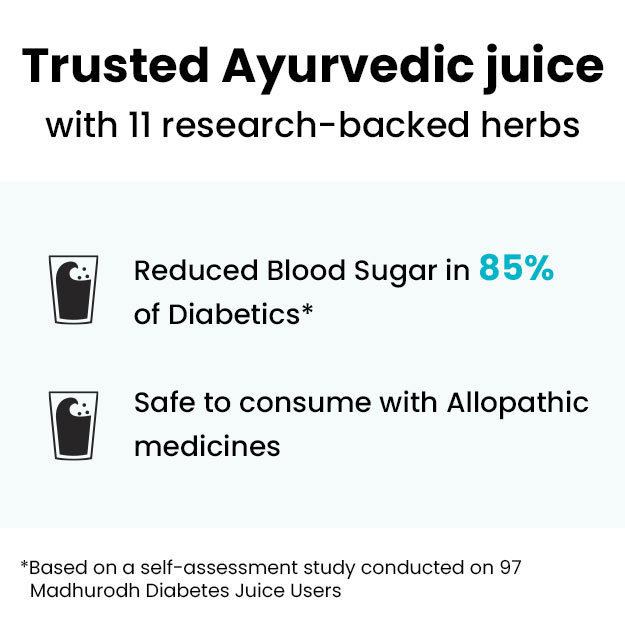To manage diabetes at home, the patient is required to check their blood sugar on a daily basis; the SMBG (self-monitoring of blood glucose) technique plays an important role in this. Following the correct process when taking SMBG readings is essential though. There are few common mistakes that can lead to false readings sometimes, which is a serious problem when you have hypoglycemia (low blood sugar), hyperglycemia (high blood sugar) or if you want to achieve a certain blood sugar goal. In this article, we’ll discuss everything you need to know to get the correct blood sugar reading via SMBG.
(Read more: Blood sugar test)







































